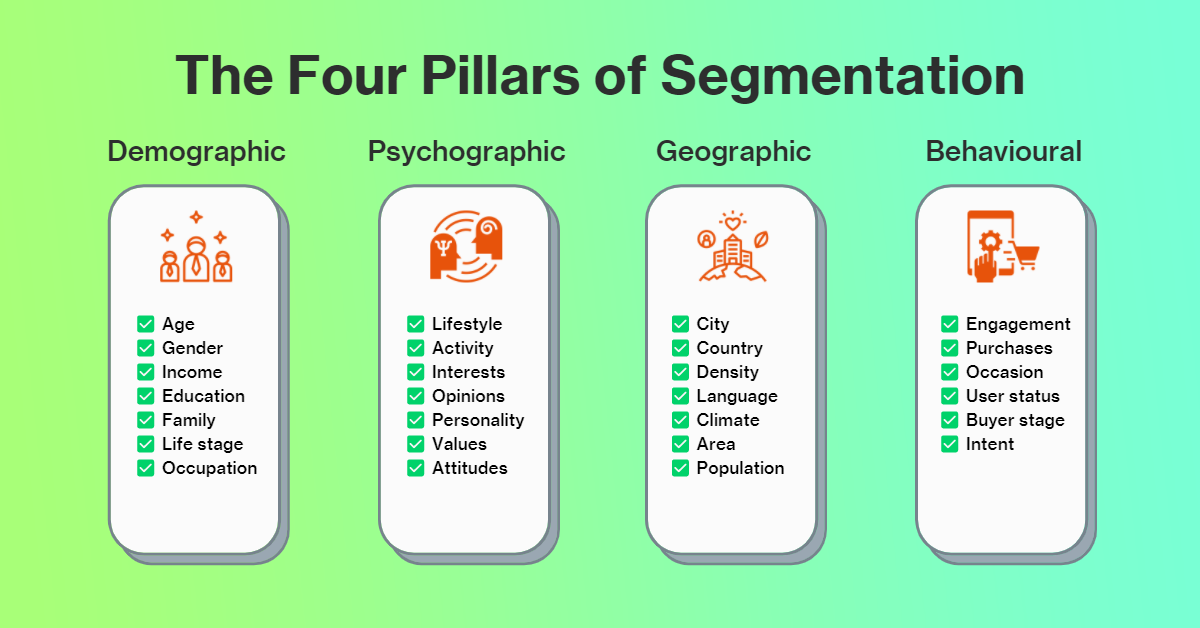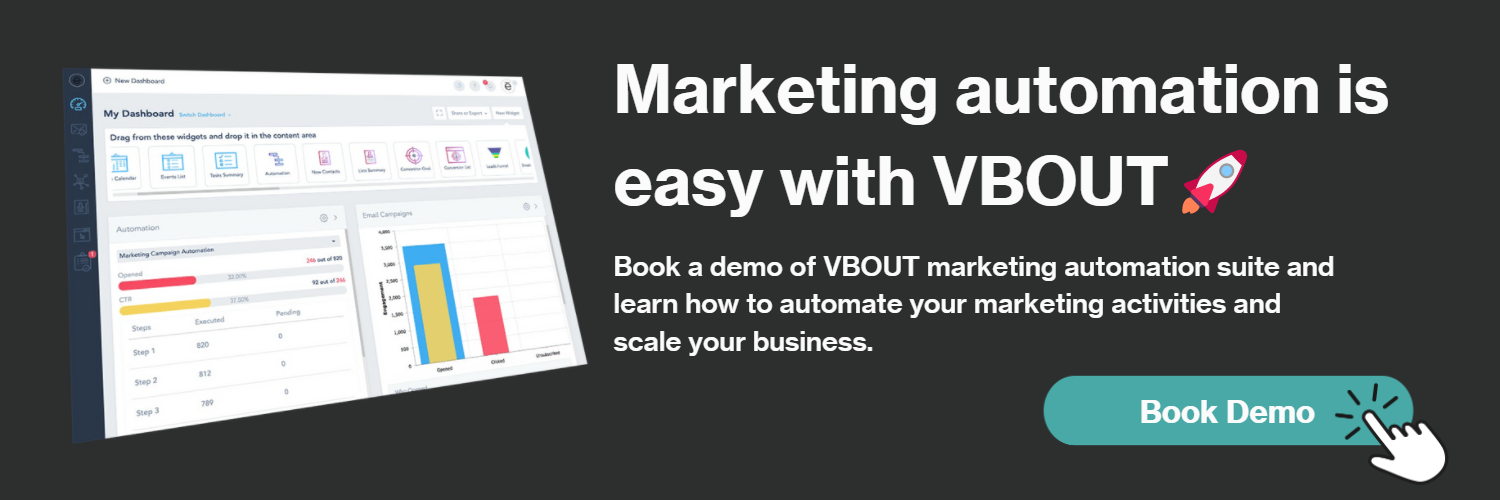Email marketing is one of the most popular forms of digital marketing. It is a proven way to deliver outstanding results for businesses, whether local SMEs or international brands. If there's an issue with email marketing, it is that there is a lot of noise, and subscribers can tune you out if your message isn't relevant. That's why it's so important to segment your audience and send the right messages to them.
The Benefits of Email Segmentation
Email segmentation is the process of dividing your email list into smaller groups based on a specific characteristic, such as location, age, or interests. Segmentation allows you to send more targeted messages that are more likely to resonate with your subscribers.
It can be time-consuming to figure out your audience and reach them, but it is worth the effort. The more you segment your audience, the more your recipients feel like you're speaking to them directly. The closer you can get to speaking with an audience of one, the more ROI you'll see from your email marketing campaigns.
But where do you begin with segmentation? What sort of data do you need to segment effectively?
Four Pillars of Segmentation
Segmentation is the process of dividing a market into distinct groups of buyers who might require different products or marketing programs. So marketers must segment their lists effectively. The four fundamental pillars of segmentation are (1) Geographic, (2) Psychographic, (3) Demographic, and (4) Behavioural.

Geographic Segmentation
Geographic segmentation is dividing a database into different segments based on location data. Geographic segmentation can be done based on city, country, language, Governmental authority or any other region-specific criteria (it could even be segmented on the weather!). Each regional segment may have different needs or opportunities, requiring a different marketing strategy.
A company that sells event tickets goods could use geographic marketing segmentation to target customers in different parts of the country. Event promoters can send email campaigns to subscribers telling them about concerts coming up at venues in their local area.
Psychographic Segmentation
Psychographic segmentation involves dividing the database based on consumers' personality traits. The goal is to target the right buyer at the right time by creating content that appeals to each buyer's unique selling points.
The buyer persona is a good starting point for creating this segmentation. A buyer persona is a representation of your ideal customer.
A company that sells health supplements could use psychographic marketing to target health-conscious people and care about living a healthy lifestyle. The company could use data from social media platforms and other sources to identify people who fit this profile and then target them with ads and content that promotes the benefits of their health supplements.
Demographic Segmentation
Demographic segmentation is a marketing strategy that divides a population into groups based on factors such as age, gender, income, and education. This approach allows businesses to target specific groups with tailored messages and products.
A company that sells baby clothes may want to use demographic marketing segmentation to target pregnant women or have young children. This company could use information about potential customers' age, income, and stage of life to create targeted advertisements and product offerings.
Behavioural Segmentation
Behavioural segmentation is a marketing strategy that divides a market into groups based on their behaviours. Marketers can look at how customers interact with a brand, what they buy, and how often they purchase items. Behavioural segmentation is a great way to target specific customers who are more likely to buy your product. By understanding how customers behave, you can create marketing campaigns that appeal to their interests and needs.

A company could use behavioural segmentation by looking at CRM data and dividing contacts into groups based on their recent interactions with the company. For example, a company could create a group for customers who have purchased in the last month, one for customers who have purchased in the previous six months, and one for customers who have never made a purchase.
Using segmentation in marketing automation
Segmentation is an important part of a marketing automation strategy. By dividing your customers into specific groups, you can send timely, contextual messages that are more likely to appeal to the recipient. Triggers can be used to send messages automatically when a customer takes a certain action, such as signing up for a mailing list or making a purchase.
Automation can be useful throughout the customer lifecycle, from pre-sales through to account renewal. This is where behavioural segmentation is useful as you can create automated workflows based on the customer lifecycle stage. For example, a trigger could also be used to send a pre-set message to all customers who signed up for an account in the last six months but haven't logged in recently. Such automation is useful for reducing churn rates.
In conclusion, if you are in charge of email marketing, you must understand that segments are your key to marketing success. Targeting the right segment is the key to success. Your email marketing campaigns will deliver maximum results if you choose a segmentation strategy and make sure your messages speak to each subscriber individually.

Comments